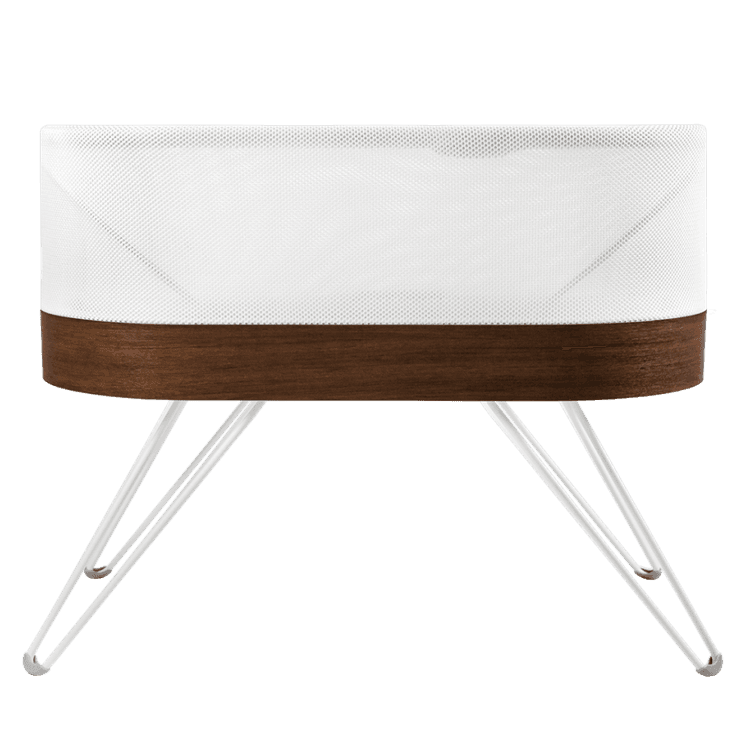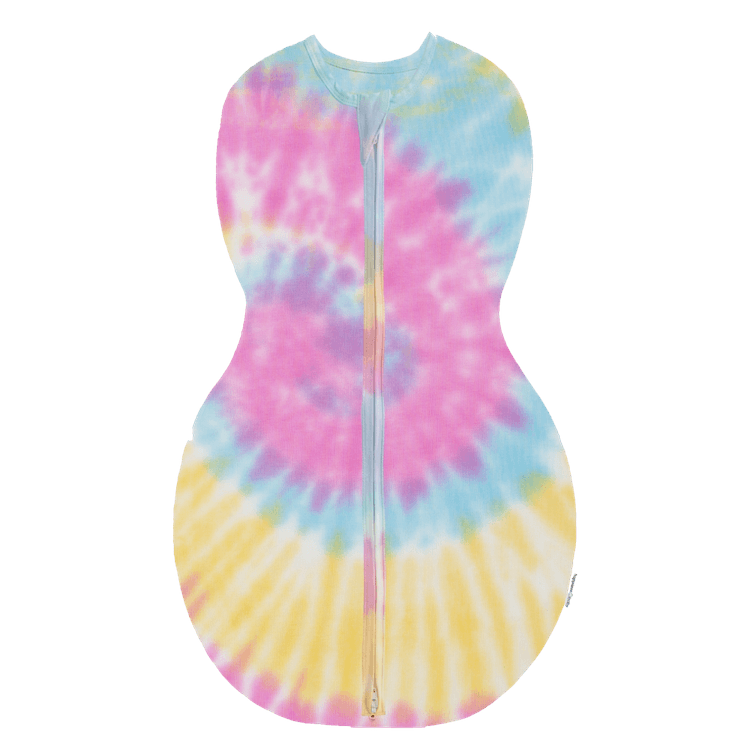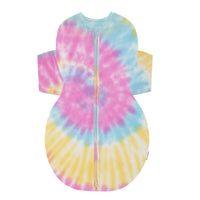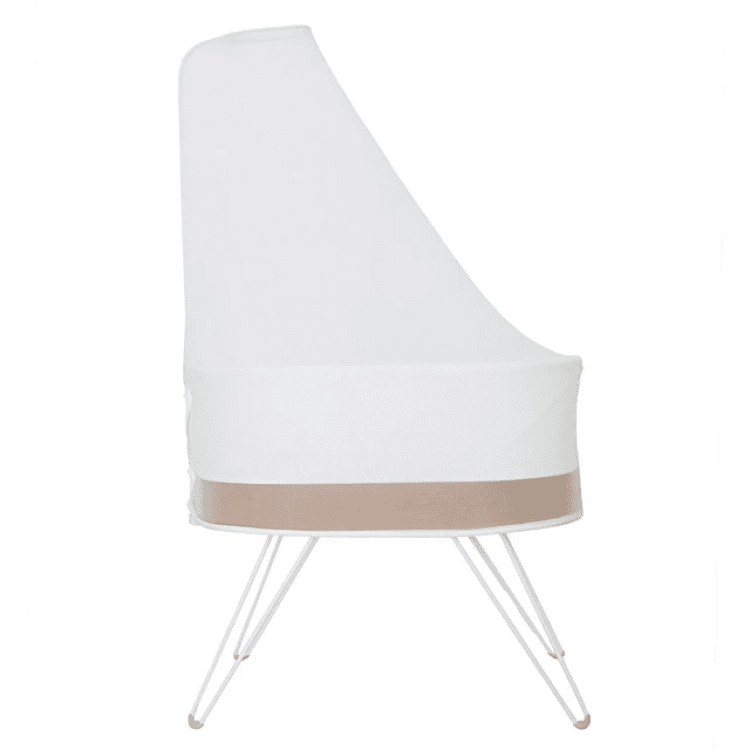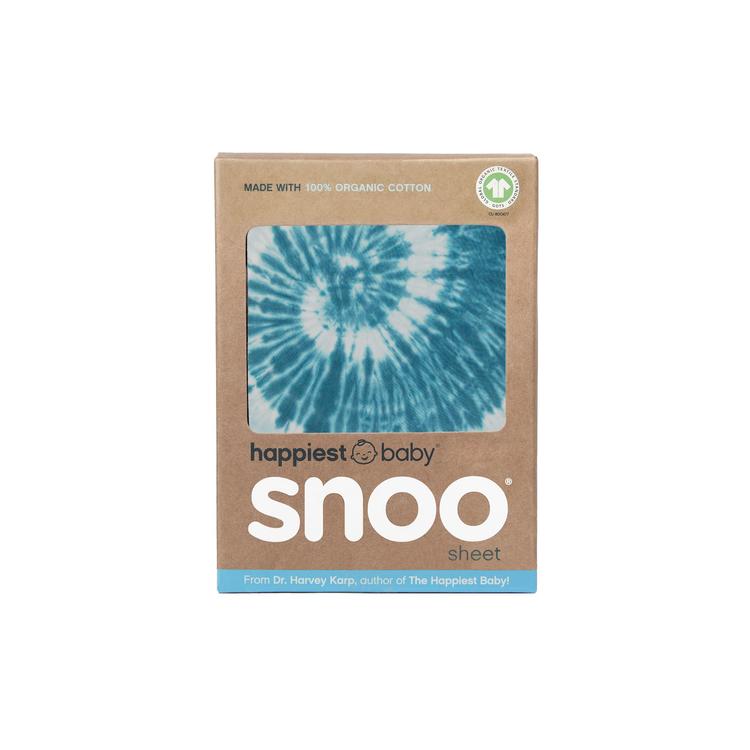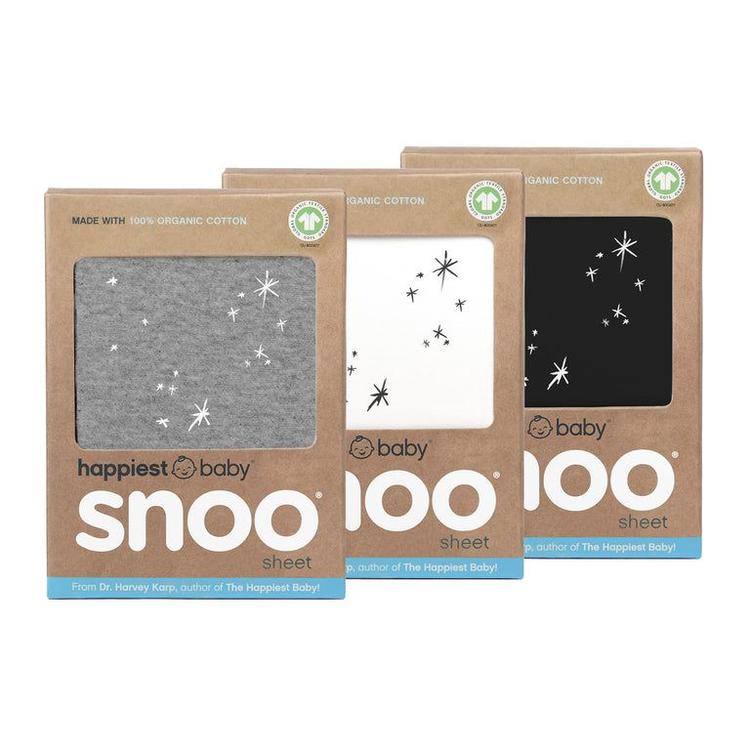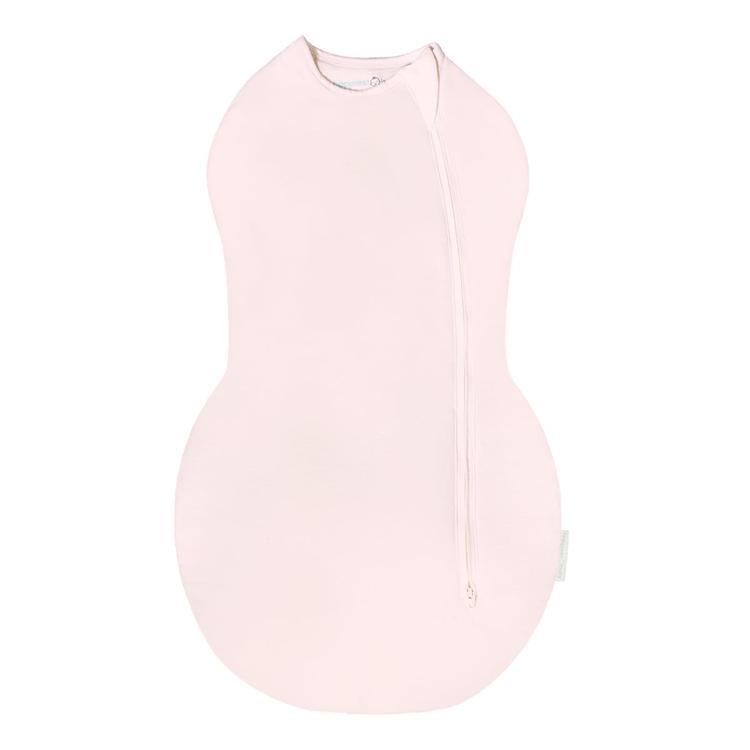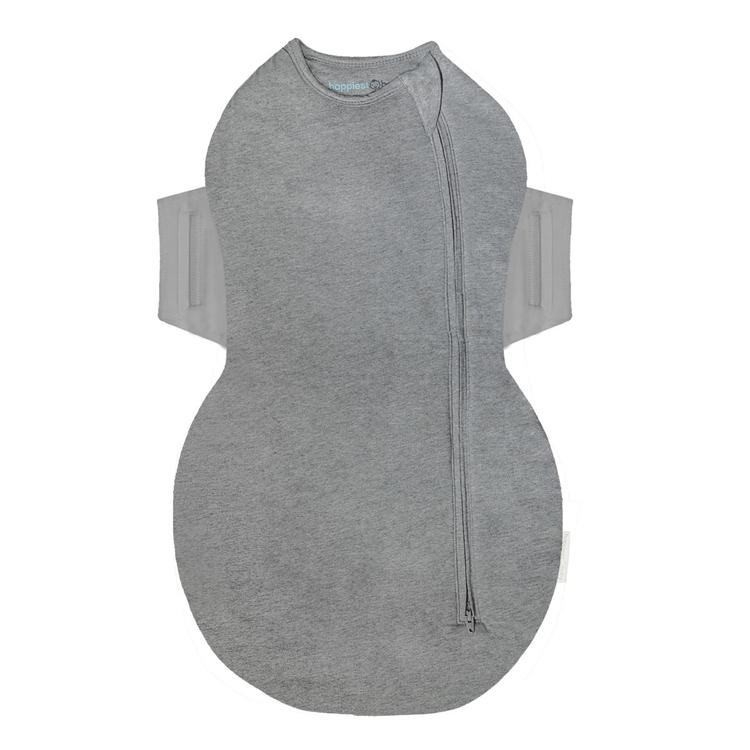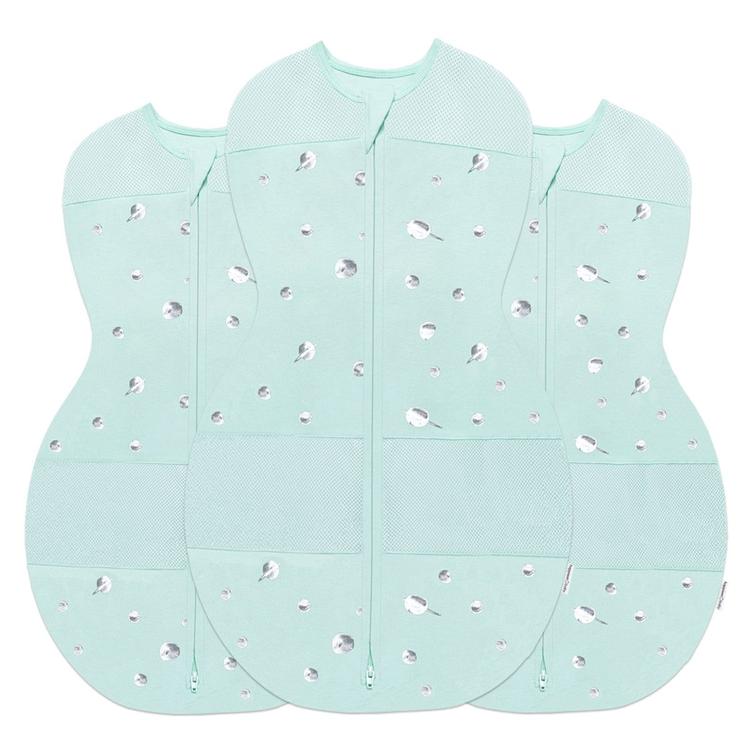No matter if you are planning to exclusively formula-feed your baby, do a combination of breastmilk and formula, or if you simply want to keep infant formula around 'just in case,' there is a good chance you will get overwhelmed by the heaps of options out there. But know this: While the perfect infant formula does not exist, there is a baby formula out there that will meet your little one’s unique needs. Here is everything you need to know to make the best baby formula choice for your sweet pea.
What is infant formula?
It is true that the Department of Health recommends solely breastfeeding your baby for the first 6 months of life. But it is also true that exclusive breastfeeding—or even combo feeding—is not always ideal for everyone. Enter: Baby formula. Infant formula is the best partial or total substitute for breastmilk for babies under 12 months old. Between birth and 1 years old, babies grow three times their size, which puts their nutrition needs at an all-time high. And that is why the British Specialist Nutrition Association (BSNA) regulates the contents of all infant formulas sold in the United Kingdom. This ensures that each and every baby formula—no matter the price, brand, or form—meets specific nutrition guidelines.Did you know? Infant formula was invented by a chemist in 1865. It consisted of cow’s milk, wheat and malt flour, and potassium bicarbonate.
What is in baby formula?
Despite differences in labels, colours, and price, all infant formulas have to include a specific amount of calories, carbohydrates, protein, fats, and vitamins and minerals. Here is what is for-sure included in all infant formulas on the market:
- Calories: Little ones need a lot of calories to support healthy brain growth. Typically, baby formulas contain 19 to 20 calories per ounce.
- Carbohydrates: No low-carb diet here! Carbohydrates are your baby’s most significant energy source—and they may come from corn syrup solids, maltodextrin, sucrose, or lactose, which is the sugar naturally found in breastmilk.
- Protein: Those sweet wisps of baby hairs and tiny fingernails need protein in order to grow. It is the basic building block for cells, hair, skin, and organs. The primary protein sources in baby formula come from nonfat milk, milk protein isolate, whey, casein, soy, and amino acids.
- Fats: Healthy growth and development depend on fats. These are labeled as vegetable oil, palm olein oil, coconut oil, canola oil, or corn oil on your baby formula.
- Vitamins and minerals: Baby formulas contain vitamins A, D, K, C, choline, calcium, iron, and more to prevent deficiencies and to give tiny tots the most healthy beginning. All infant formulas must contain a specific amount of calories, protein, and fat. The iron in formula is less absorbed than the iron in breastmilk. This is why many parents choose the infant formula that is iron-fortified.
Beyond the must-haves above, many baby formulas also contain extras, like…
- Long-chain fatty acids: Docosahexaenoic acid (DHA) and arachidonic acid (ARA), which are two long-chain fatty acids found in breastmilk. While this is an important duo for early brain development, not all studies confirm the benefit of including them in infant formula.
- Probiotics and prebiotics: Probiotics are healthy live bacteria and prebiotics are what probiotics feed on. The pair are generally great for gut health, however, there is still only limited evidence that they are beneficial in baby formula.
- Human milk oligosaccharides: HMOs in breastmilk help to protect against infection and research shows that, when breastmilk is not available, infant formula supplemented with HMOs may be considered as an alternative.
- Lutein: Breastmilk naturally contains lutein, which is a carotenoid with antioxidant properties that works to aid eye health and cognitive development. It is still unknown how impactful the add-in is to baby formula since research shows that infants absorb a lot more lutein when nursing than when consuming fortified infant formula.
What types of baby formula are available?
Beyond powdered, concentrate, and liquid, there are a number of different types of baby formula available today. They are all considered healthy and appropriate for infants, but there are key differences.
Cow’s Milk-Based Infant Formula
While regular cow’s milk is dangerous for infants under 12 months, cow’s milk-based baby formula is manufactured in such a way to ensure it is safe and digestible. Like breastmilk, cow’s milk infant formula contains lactose, a milk sugar. (A sensitive or gentle infant formula typically has lower levels of lactose for babies with lactose sensitivity.) Today, cow’s milk-based baby formula accounts for 80% of all infant formulas on the market. And most babies tolerate it very well. For the ones who do not, there is a chance they have cow’s milk protein allergy (CMPA), which means their small bellies cannot handle the whey and/or casein in cow’s milk. CMPA symptoms may affect your baby’s skin, digestion, even their breathing. Did you know? Condensed milk used to be recommended by peadiatricians as an infant food from the 1930s to the 1940s.
Soy Infant Formula
Soybean derived baby formula is free of lactose and cow’s milk protein, making it a must-pick for babies born with a rare disorder called galactosemia, where lactose cannot be tolerated. (Your baby will be screened for this at birth.) It is important to note that many babies experience brief periods when they cannot digest lactose, but it is extremely rare for infants to have significant lactose problems, according to studies. While some believe that soy baby formula helps to prevent or ease the symptoms of colic, there is no evidence to support this. And, in the end, there are few instances in which soy formula should be selected over cow’s milk–based baby formula.Did you know? The first soy-based infant formula became available to the public in 1929. But like the other baby formulas of the time, soy formula lacked important vitamins and nutrients.
Hydrolysed and Partially Hydrolysed Infant Formula
Though these types of infant formulas sound complicated, it is really all about the size of the proteins. Cow’s milk baby formula has large and intact proteins, but some babies have problems digesting them. When that happens, babies need an infant formula with smaller proteins. (Hydrolysed means 'broken down,' so hydrolysed formulas have smaller easy-to-digest proteins.) Sensitive and gentle infant formulas usually have partially hydrolysed protein that may help gassiness. Meanwhile, fully hydrolysed baby formula is broken down even more and best for babies with more severe problems like cow’s milk protein allergy or multiple food allergies. Did you know? These types of infant formulas are often called 'predigested,' since the proteins are already so small.
Organic Baby Formula
Organic products certified to either the USDA or UK organic standards may be labelled and sold as organic in the UK, as long as the products meet the terms of the arrangement. The organic certification is strictly regulated to ensure food is produced as nature intended from start to finish, without synthetic fertilisers or processes. So, that means, a cow’s milk organic infant formula has to come from cows that ate an organic diet. If it is a plant-based formula, the plant source must have limited exposure to pesticides and be free of genetically modified organisms. All in all, organic formulas are pricey, and so far, there is no evidence that they are better than non-organic baby formulas that contain the same nutrition and safety. Did you know? Organic foods are not necessarily entirely chemical free, but the pesticide deposits will be significantly lower than those found in produce manufactured with synthetic chemicals.
Special Infant Formula
There are still other types of infant formula designed to fit the unique needs of little ones with special medical conditions or those who were born prematurely. If your baby’s peadiatrician recommends a specialised formula, be sure to carefully follow their advice regarding the amount served, feeding schedules, and preparation, since special baby formulas can be quite different from regular infant formulas.
How To Choose The Right Infant Formula
- Start with a standard commercial baby formula. Unless your baby’s peadiatrician recommends otherwise, it is good to start with standard cow’s milk infant formula—that is what most babies do well on. Just be sure to avoid baby formula brands that are not regulated by the UK infant formula regulations.
- Consider cost. The cost of baby formula will have you kicking yourself for not filling your baby registry with 1,000 cans of infant formula! If your baby drinks 0.7 liters of infant formula a day, it will cost you anywhere from £600 to £1,440 by their first birthday. So, it is a good idea to consider your budget before choosing your go-to infant formula. Know that powdered baby formula will always be more affordable than liquid.
- Choose convenience. Select a baby formula that is easy for you to get from stores near you. Sure, there is always online ordering, but with the risk of delivery delays, you might want to shop locally to avoid the added stress.
- Try not to let marketing claims sway you. If you have read the claims on baby formula packaging, you know that some tout their brain-bolstering abilities and others insist that their product protects Baby’s immune system. Unfortunately, there is just not enough scientific evidence to back most of these claims up.
- Get support in your decision-making process. While getting infant formula intel from, say, your sister, your neighbour, social media, and Google can be helpful, you really need to get your baby formula advice straight from the peadiatrician. They understand your baby’s health and medical history best, so they are in an excellent position to guide you through your decision-making process. (They probably have a few free infant formula samples in the office, too!)


